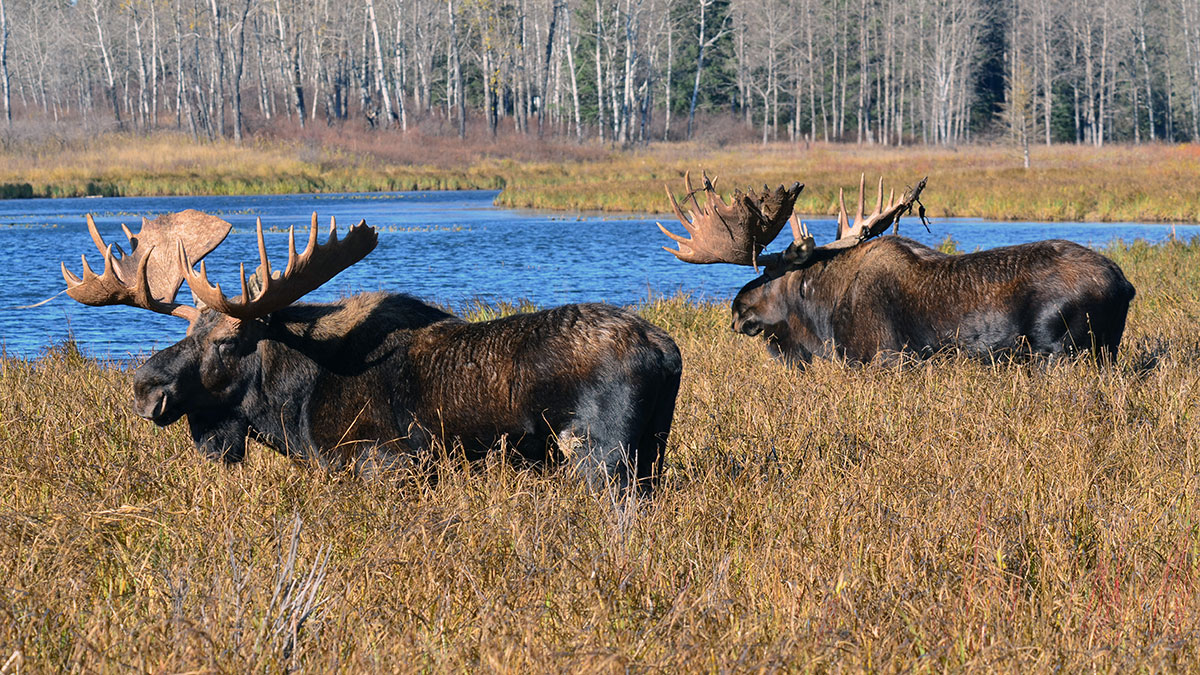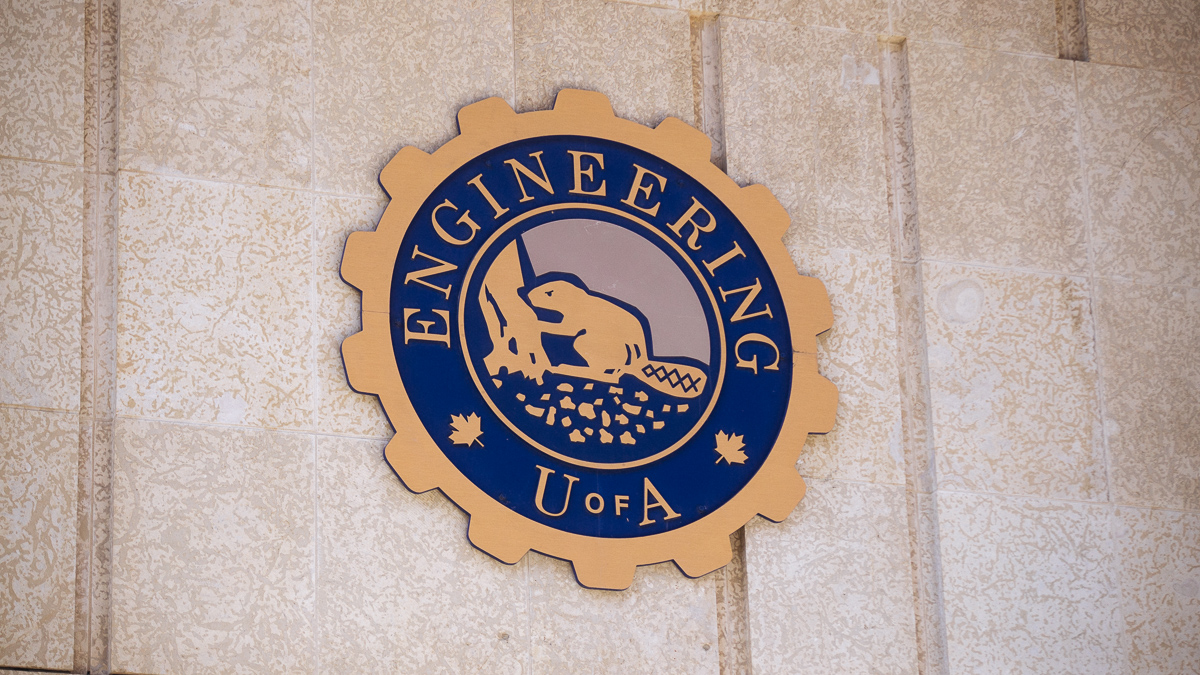 Supplied
SuppliedA typical Albertan is bound to know somebody who hunts, and more specifically, know somebody who hunts for moose. Now, these hunters can use their pastime to help local biologists track moose population density.
Using the Moose Hunter Survey, a mobile phone app developed at the University of Alberta, hunters record valuable data about moose seen while hunting. This data is essential for ensuring that the moose hunt is carried out sustainably throughout the province, Mark Boyce, a professor in the Department of Biological Sciences, said.
“Hunters can contribute data to our database on an annual basis to let us know how the moose populations are doing,” Boyce, who leads the survey, said. “Then the manager who decides how many tags are going to be issued for hunting in an area will have that information to do a better job of ensuring that they’re not giving out too many tags in an area.”
To hunt moose in Alberta, hunters draw tags, which are permits for hunting in certain areas at specific times. Tags determine what type of moose a hunter is eligible to hunt, with bull moose being the primary choice. Boyce said proper tag distribution is crucial for healthy moose populations, as the removal of too many bulls from the population can cause females to not be bred.
“We want to make sure that we keep at least enough bulls around to keep the females happy,” Boyce said.
An effectively-managed moose population has multiple benefits, including larger yields of moose meat. Boyce added that this is particularly important in Alberta, where about 8,500 moose are harvested every year. This harvest produces $35 million of high-quality meat every year.
“Most people want moose meat in their freezer,” Boyce said. “That’s what motivates people to want to hunt moose.”
Aside from the economic benefits, the data collected from this app can also help keep motorists safe by preventing moose-vehicle collisions, of which Alberta has about 450 a year. By ensuring that the proper number of moose are removed from the population each year, biologists can maintain a healthy moose population that won’t overflow onto the road.
In order to ensure that biologists come up with accurate estimates of moose density, hunters are asked to record the number and composition of moose, meaning how many bulls, cows, and calves were seen. Boyce added that the app isn’t meant for collecting data about any moose in the province.
“We don’t want to know how many moose they saw driving from Edmonton to Grande Cache or whatever,” Boyce said. “We want to know what they saw while they were hunting.”
The app is meant to only collect data from a Wildlife Management Unit, which are the only areas where people are allowed to hunt moose. If a person isn’t hunting, they shouldn’t be using the app, he said.
Though this is the first app of its kind in North America, this type of citizen science has been taking place for more than thirty years throughout Scandinavia. In Sweden, Finland, and Norway, moose are managed by local hunt clubs, which hunters have to check into every day, he said. Meanwhile, Alberta doesn’t have the same type of hunting infrastructure set up.
“In Alberta, it’s not uncommon for a moose hunter to go up in Northern Alberta and spend a week,” Boyce said. “They don’t go through local check stations.”
These long hunting trips are no longer an obstacle for biologists to overcome. With Moose Hunter Survey app, Boyce and his colleagues are able to get the information they need at minimal effort from the hunter.
“If you’re recording moose every day, the app just stores that information in your phone, and then as you go by a cellphone tower, it goes ‘Bing, bing, bing,’ right into my computer,” he said.




